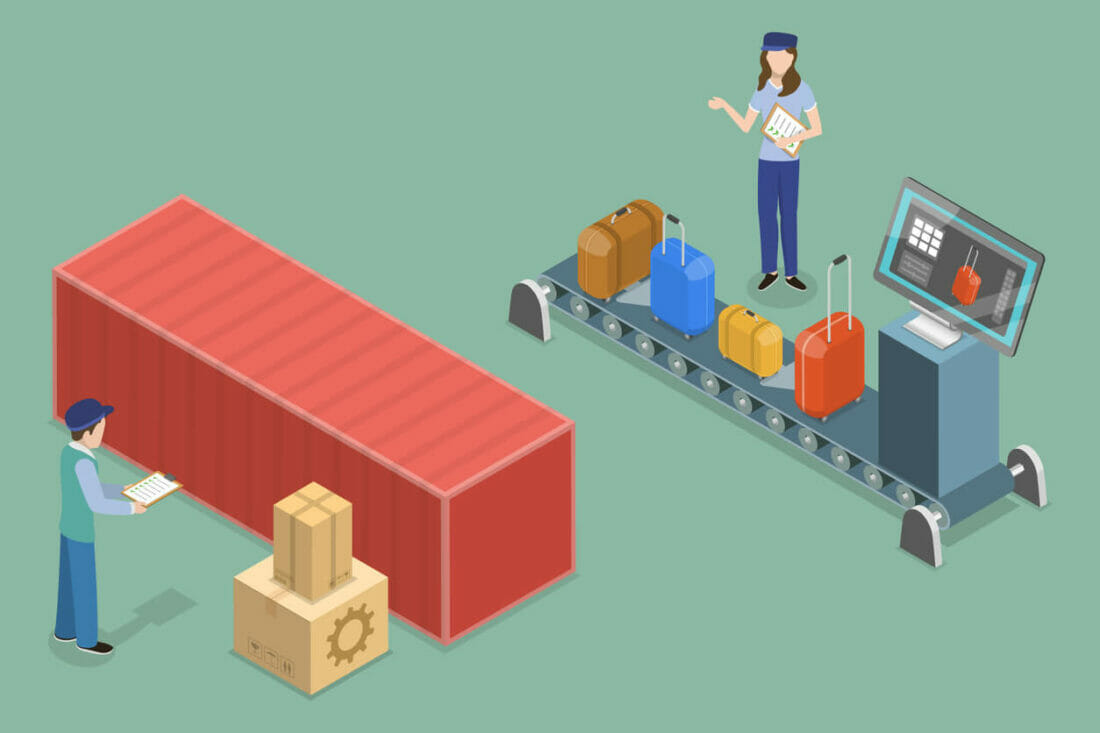Customs clearance: what it means and how it works
In international trade, it can happen that goods, before reaching their destination, must go through customs clearance. For this process to take place safely and smoothly, it’s important to know how the procedure works, which documents are required and what costs are involved. In this article, we at C.T.I. International Forwarder will give you all the information you need for your business.
What does customs clearance mean?
While free trade between EU Member States has allowed goods to circulate freely, in non-European countries, such as China and the United States, products must first be cleared through customs. But what does this mean?
In the context of import/export, customs clearance is a process that involves a series of controls to release goods from customs detention. This ensures that the goods comply with the regulations of the destination country and have met all tax obligations. Once these checks have been passed, the goods are ready to cross the border.
Customs clearance process: how it works
The customs clearance process for import involves:
- The arrival of the goods at customs
- The payment of customs duties and taxes
- Control inspections of the goods and related documentation.
At the end of this process, if everything is in order, the goods are released and placed in the country of destination. On the other hand, there are no customs duties and taxes on exports.
The customs declaration: the document required for customs clearance
All customs clearance operations obligate the owner of the goods – or his representative – to lodge a customs declaration. This is a unilateral act manifesting the will to place imported or exported goods under a certain customs procedure. This declaration must be made on a special form, the so-called SAD (Single Administrative Document) and must contain the following information:
- The identity and domicile of the owner of the goods
- The place of origin, provenance, and destination
- The number of packages
- The full description indicating the quality, quantity, commercial designation, and customs classification (HS code)
- The value of the goods and the amount of duty.
As soon as the goods arrive at the customs office of destination, the document is presented to the customs authorities, who are responsible for identifying the customs control circuit of the goods, which can be:
- Green channel, indicating that the goods are compliant
- Yellow channel, indicating that the declaration must pass through a further documentary check
- Red channel, indicating that the goods are to be physically inspected.
Once the inspection is complete, if the goods are found to be compliant, the declaration is signed and officially becomes a ‘customs bill‘.
Customs clearance: how much does it cost?
As we stated above, the customs declaration is also the element that gives rise to the tax obligation. Based on Art. 8 paragraph 3 Legislative Decree 374/90, the determination of customs clearance costs is linked to the parameters relating to:
- The quantity of the goods declared
- Their nature
- Their customs origin
- Bilateral agreements between nations
- Their value.
However, it is not so uncommon to run into misunderstandings: it happens that the goods get stuck in customs and a penalty is charged for compliance or, in the worst case, that it is seized and/or destroyed.
That is why it is necessary to inform yourself properly and seek advice from an expert. Rely on us at C.T.I. International Forwarder: we can support your business, offering you comprehensive customs advice to better manage the customs clearance of your shipments, even in countries with more complex customs regimes and processes.


